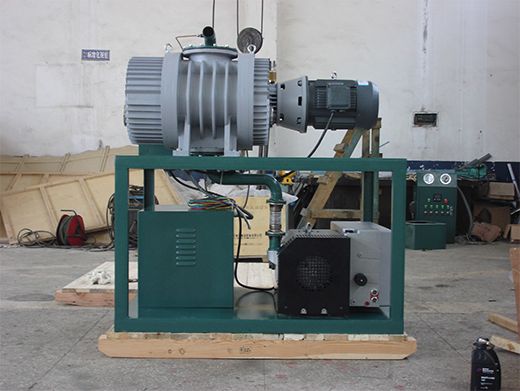The capacity of a transformer oil filter refers to the amount of transformer oil it can filter effectively within a given time frame, or its ability to handle a specific volume of oil for cleaning, removing contaminants, and restoring its quality. The actual capacity depends on several factors, including the type and design of the oil filtration system, the size of the transformer, and the level of contamination in the oil.

Key Factors Affecting the Capacity of Transformer Oil Filters:
Flow Rate:
- The flow rate of the oil filtration system is typically measured in liters per minute (LPM) or gallons per minute (GPM). This indicates how quickly the filter can process the oil.
- For example, a typical transformer oil filtration system may have a flow rate of 200 to 300 LPM (52 to 79 GPM), depending on the system design.
- Larger, industrial-grade filtration units can have flow rates exceeding 1000 LPM (264 GPM) for filtering large transformers.
Filter Size and Design:
- The size of the transformer oil filter determines how much oil it can handle at once. Filters are designed to accommodate different oil volumes based on the transformer’s capacity.
- For example, a small transformer oil filter might be used for a 10-50 kVA transformer, while a larger system may be used for 1000 kVA or larger transformers.
Oil Volume of the Transformer:
- The oil volume within a transformer is a critical consideration. The typical volume of transformer oil in large transformers ranges from 500 liters to 50,000 liters or more, depending on the size and voltage rating of the transformer.
- As a result, the capacity of the oil filter must be sufficient to handle the total oil volume. In many cases, an oil filtration system can handle anywhere from 200 liters to 5,000 liters per hour, depending on its design and purpose.
Contamination Level:
- The level of contamination in the oil impacts the filtration process. More heavily contaminated oil requires more time and filtration cycles to achieve acceptable levels of purity.
- Filters often have capacity limits depending on the degree of oil contamination, so maintenance such as filter replacement or regeneration may be needed if the oil is excessively dirty.
Filtration Type:
- Vacuum filtration units and centrifugal filtration units are common. Vacuum systems are typically slower but highly effective at removing water and moisture, while centrifugal systems are faster and efficient at removing sludge and particulate matter.
- The capacity of these systems varies, with centrifugal units generally being able to handle higher volumes of oil per hour than vacuum-based systems.
Filter Efficiency:
- The efficiency of the filter, often described as a micron rating, determines the level of particulate matter the filter can remove. For example, a filter with a micron rating of 1 micron can remove very fine particles and provide cleaner oil.
- Some oil filters are designed to remove both solid particles and moisture, while others are designed for specific contaminants, such as acids or metallic particles.
Example Capacities of Transformer Oil Filters:
Small Scale (for small transformers, <100 kVA):
- Flow rate: 50-150 LPM (13-40 GPM)
- Can handle oil volumes between 100-500 liters.
Medium Scale (for medium-sized transformers, 100 kVA - 1 MVA):
- Flow rate: 200-500 LPM (52-132 GPM)
- Can handle oil volumes of 1,000-5,000 liters.
Large Scale (for large transformers, >1 MVA):
- Flow rate: 500-1,000 LPM (132-264 GPM)
- Can handle oil volumes of 10,000-50,000 liters or more.
- Some systems may even filter over 100,000 liters per day.
Choosing the Right Filter Capacity:
The right filter capacity depends on several considerations:
- Transformer size and oil volume: Larger transformers require more robust filtration systems with higher capacities to process the larger oil volumes efficiently.
- Type of contamination: If the oil is heavily contaminated with water or sludge, a more powerful filter with higher capacity or specialized filtration processes may be necessary.
- Filtration speed: Depending on the required turnaround time for maintenance, you may choose a system that balances flow rate with the need for thorough filtration.
Conclusion:
The capacity of a transformer oil filter can vary greatly based on the transformer’s oil volume, the filtration system's design, and the type and level of contamination. Typically, smaller filtration systems can handle 50-500 liters per minute, while larger, industrial-grade units can process up to 5,000 liters per hour or more. It’s important to match the filter capacity with the transformer size and the specific needs of the maintenance process.
If you need more details about a specific type of filtration system or capacity requirements for a particular transformer, let me know!

